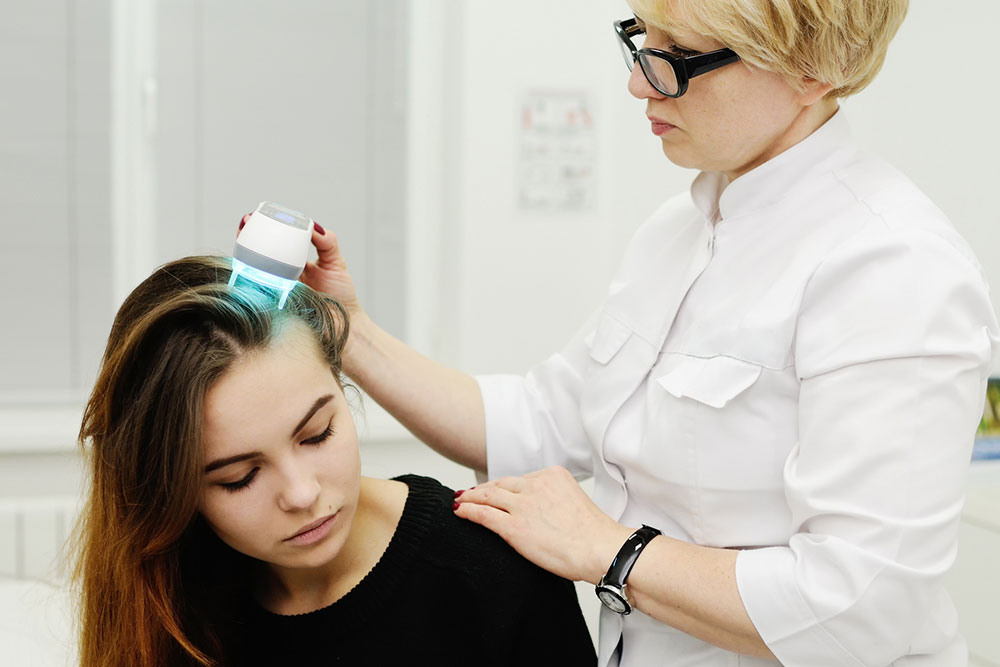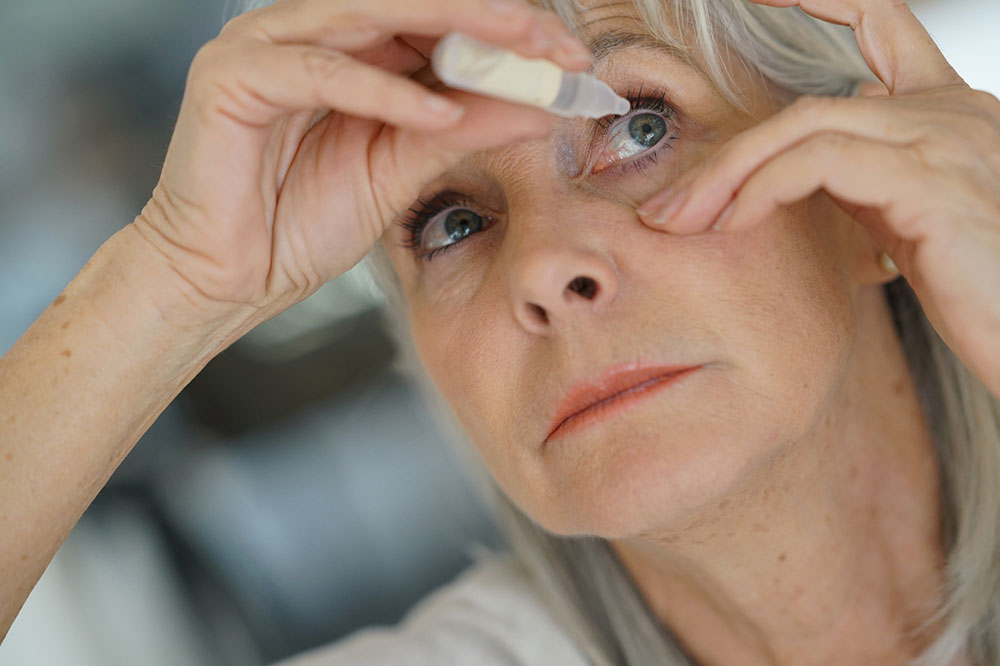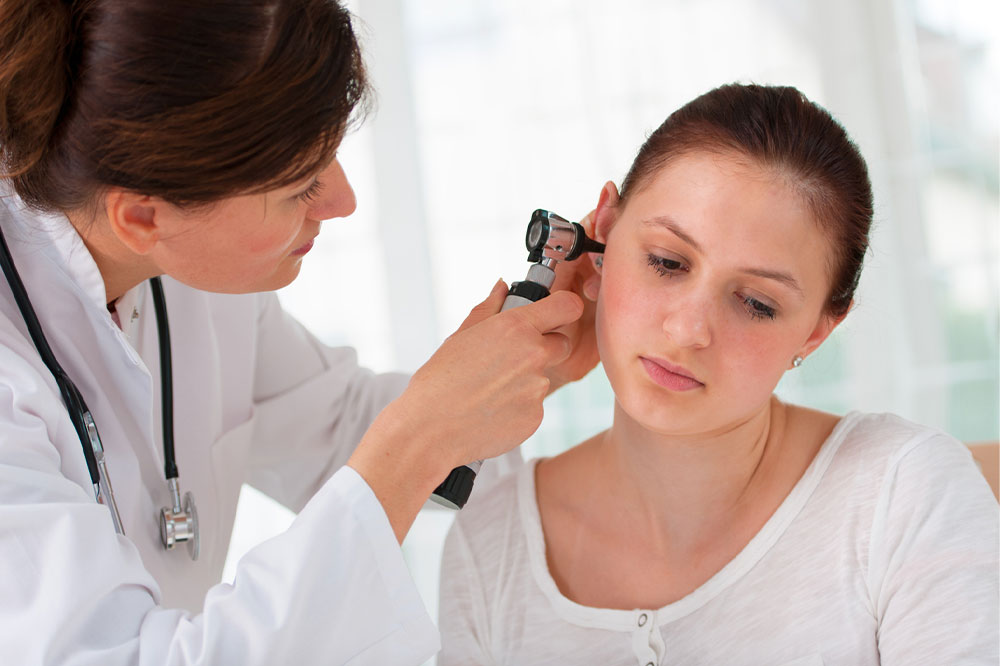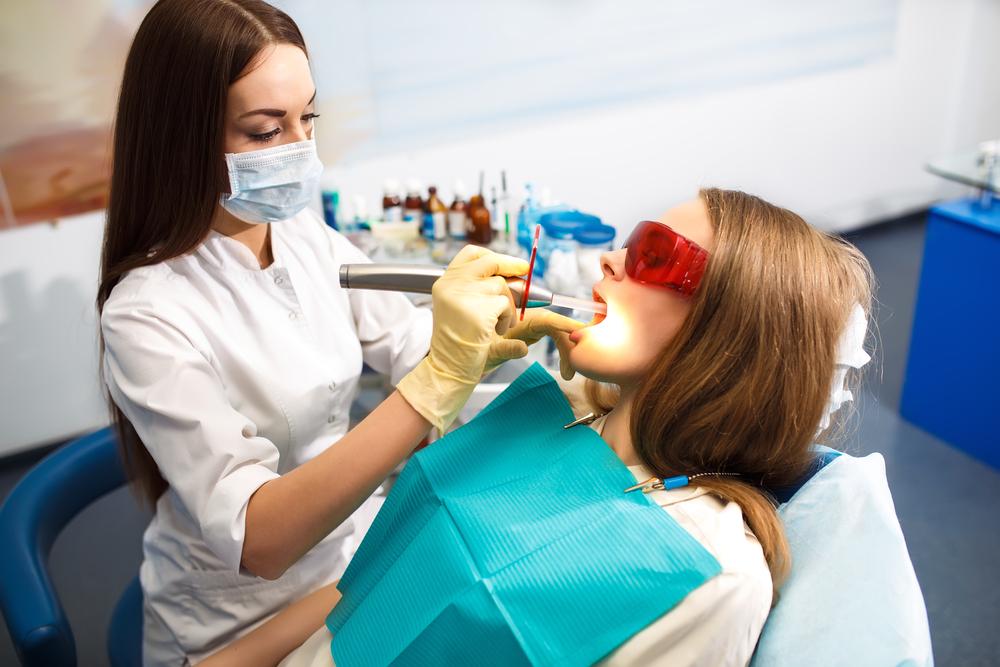Understanding Scalp Psoriasis: Symptoms and Care Tips
This article offers a comprehensive overview of scalp psoriasis, including its symptoms, how to identify it, and effective management tips. Recognizing early signs and understanding differences from similar scalp conditions can lead to timely treatment. The piece emphasizes gentle care and stress management strategies to control flare-ups and improve quality of life.

Understanding Scalp Psoriasis: Symptoms and Care Tips
Scalp psoriasis is a chronic autoimmune condition where an overactive immune system accelerates skin cell growth, leading to thickened, discolored patches on the scalp. These patches often cause discomfort, irritation, and itching. Recognizing early signs is crucial for effective management. If you notice persistent symptoms, consulting a healthcare professional is recommended.
What are the visual signs of scalp psoriasis?
It results in keratin buildup, creating rashes and plaques on the scalp, sometimes extending to adjacent areas like the ears, forehead, or neck.
The initial symptoms typically appear along the hairline or back of the head but can develop anywhere on the scalp. The plaques are often dry, flaky, slightly elevated, and may appear silvery or gray depending on skin tone. These symptoms can intensify with triggers such as stress or infections.
Prolonged scratching may lead to bleeding or temporary hair loss. The condition can resemble dandruff or seborrheic dermatitis, but key differences exist. For example, psoriasis plaques tend to be thicker and more defined, often extending beyond the hairline and affecting other body areas, including nails.
Distinguishing Psoriasis from Dandruff and Seborrheic Dermatitis
While dandruff and seborrheic dermatitis cause flaking and mild redness, they lack the thick, dry, and well-defined plaques characteristic of psoriasis. Seborrheic dermatitis generally stays confined to the scalp, whereas psoriasis can spread beyond it and affect nails or other skin regions.
Tips for Managing Scalp Psoriasis
Avoid scratching: Scratching can worsen inflammation, cause bleeding, and hair loss.
Seek professional treatment: Consult a dermatologist at the first sign of symptoms to develop an appropriate care plan.
Handle scalp gently: Use mild shampoos and avoid vigorous scrubbing to prevent irritation.
Carefully remove scales: Gently loosen scales without picking to minimize hair damage and flare-ups.
Maintain hygiene: Regularly clean combs and brushes with soft bristles to prevent infections.
Manage stress: Techniques such as yoga, meditation, or hobbies can reduce flare-up triggers.
Important Note: The information provided is for educational purposes only. Always consult a qualified healthcare provider for diagnosis and treatment options. Do not rely solely on online advice for managing health conditions.










